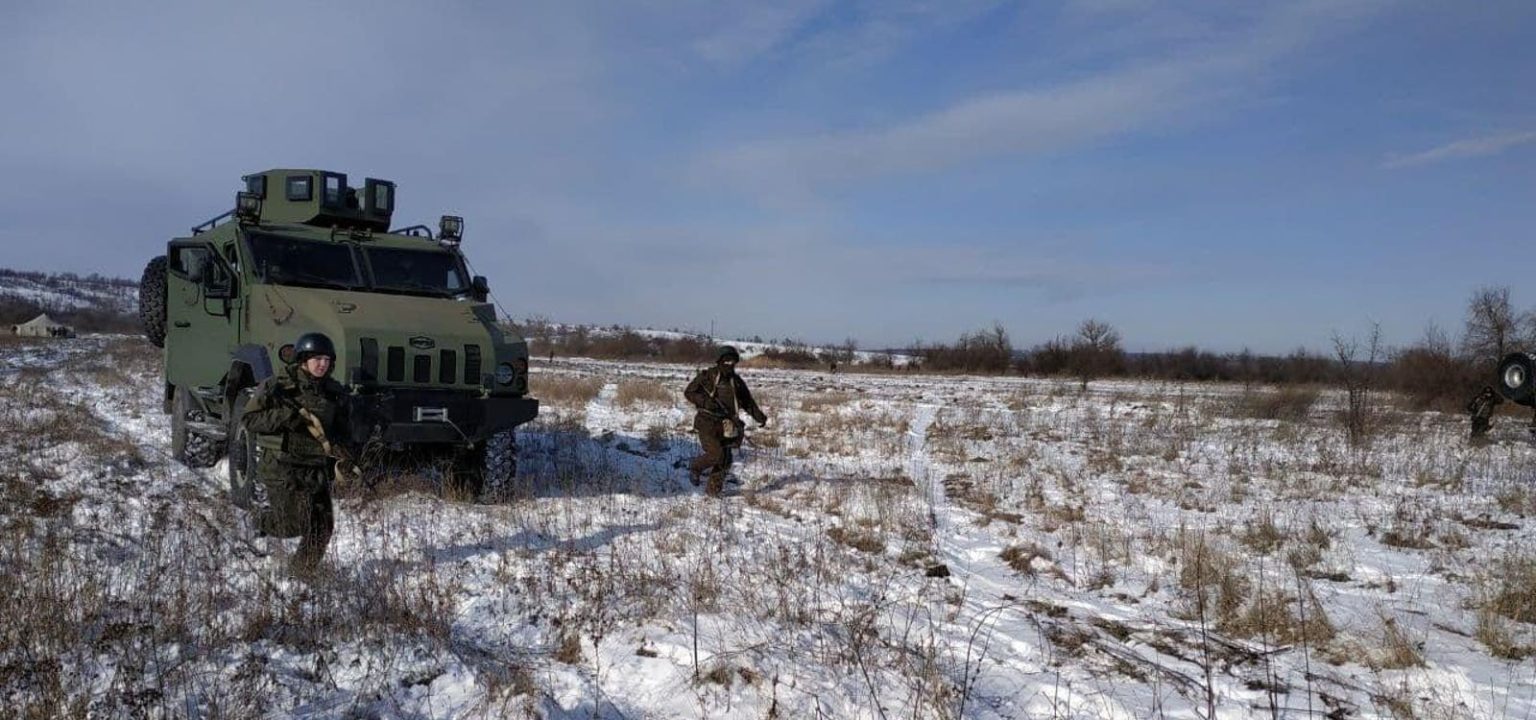As Russian forces marched from the ruins of Avdiivka in eastern Ukraine toward the Ukrainian stronghold of Pokrovsk back in August, the Ukrainian general staff in Kyiv grew desperate. It had committed to sending most of its best available forces to bolster the Ukrainian invasion of Russia’s Kursk Oblast. At the same time, it was struggling to source heavy equipment for the 14 new brigades it was forming.
So Ukrainian commanders turned to the interior ministry, which in 2023 organized some of its paramilitary forces into seven “offensive guard” brigades. One of these units, the Kara Dag Brigade, arrived in the Pokrovsk sector in late August—and immediately rolled into action in and around the town of Selydove, eight miles southeast of Pokrovsk.
Two months later, the 2,000-person brigade and adjacent units are struggling to hold back a bigger and more heavily armed Russian force—and one that hasn’t hesitated to commit war crimes on its march through eastern Ukraine. On Oct. 6, Russian troops advanced into Selydove and captured and then killed four Kara Dag Brigade troopers. Counterattacking Ukrainian guardsmen discovered the bodies the next day.
Launching explosive drones and fighting city block by city block in its Kozak armored trucks, the Kara Dag Brigade slowed the attacking Russian motor rifle regiments from the 2nd Combined Arms Army—but didn’t halt them. And on Saturday, a Russian force reportedly cut south of Selydove, advanced quickly along a defunct railroad and reached the edge of the village of Vyshneve. If the Russians can capture Vyshneve, they could partially encircle Selydove.
“Ukrainian forces are holding their positions in Vyshneve,” the Ukrainian Center for Defense Strategies reported on Saturday. But their hold may be tenuous. Shrugging off the loss of more than a thousand troops every day, the Russian military is taking advantage of the Ukrainian military’s manpower crisis and advancing along several axes in the east. It’s only helping the Russians on this front that Ukraine continues to direct its reserves to Kursk to sustain the Ukrainian invasion of the oblast.
It’s a standard Russian tactic to partially encircle a fortified settlement in order to compel the defenders to withdraw. It happened recently in Vuhledar, a former Ukrainian stronghold 33 miles south of Pokrovsk where a weary Ukrainian brigade had held out for two years before a bigger Russian force finally flanked it. That there are Russians on the outskirts of Vyshneve means the Ukrainians in Selydove, including the surviving Kara Dag Brigade guardsmen, are probably making plans to withdraw.
Pokrovsk is still the objective for the Russian 2nd Combined Arms Army—and for a good reason. It’s the southern anchor of a so-called “fortress belt” of free cities stretching south from Slovyansk. But Pokrovsk is a much harder target than Selydove. The Center for Defense Strategies remained optimistic the city will endure through the coming winter. “The upcoming battle for Pokrovsk will be the climax of the enemy’s offensive operation,” the group predicted.
“By the end of this year, the enemy will not only fail to occupy Donetsk Oblast within its administrative borders, but also will be unable to seize the ‘fortress belt,’” the Center for Defense Strategies insisted.
Read the full article here





